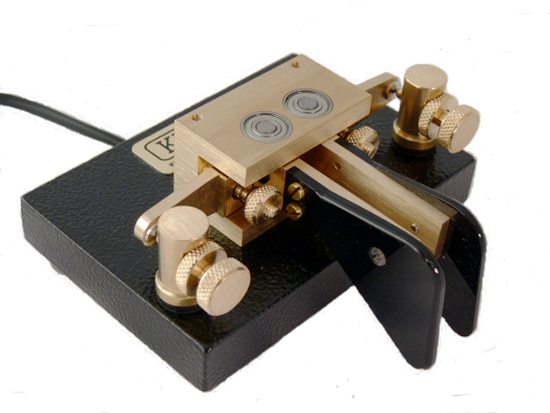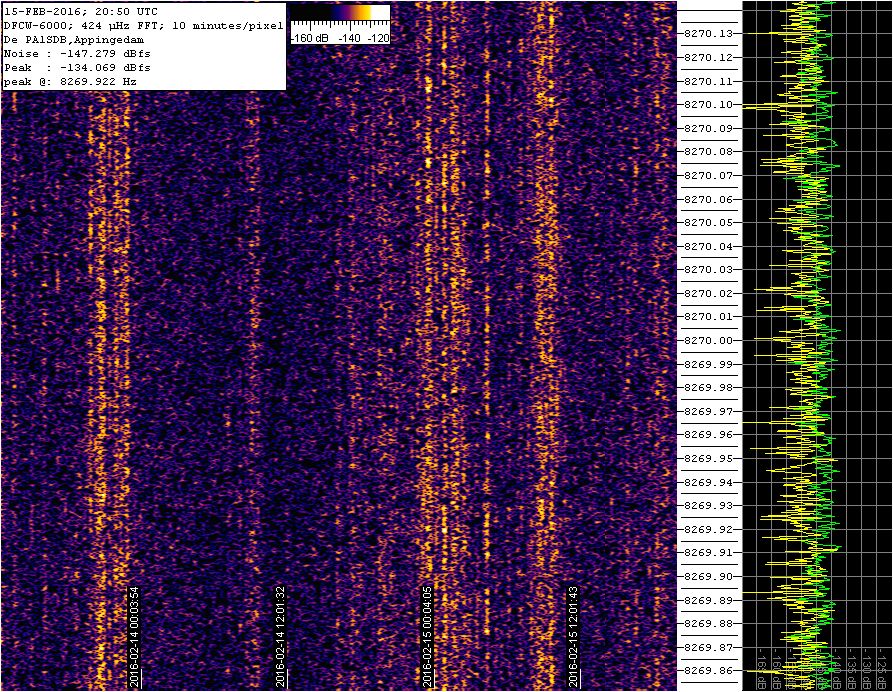This is a question I keep asking myself. It clearly means different things to different people, but I am saddened by the trend to cheque book amateur radio.
In its early days the hobby was clearly about experimental radio: making receivers and transmitters that communicated over short distances, with many/most of the parts being hand-made, even down to the variable "condensers". Over the years this has changed for many (most?) amateurs and now one could be forgiven for thinking all that matters is how expensive ones new HF radio or antenna is, so one can boast about how wonderful ones station is to others on HF.
I was struck by the cost of the hobby, for some, again tonight when visiting
http://www.bigskyspaces.com/w7gj/vhf.htm and looking at the massive and very expensive antenna farm at
W7GI. Now this 144MHz antenna, like many, antenna arrays at this amateur's QTH is aimed at reliable EME operation where large antenna gains help. But what I see is 16 very expensive antennas plus an equally expensive support structure, expensive coax and an expensive mast. This is just one antenna for one band. He has another very big array for 50MHz too, plus no doubt a shack full of expensive radios and linears. The rotator to turn this lot will be a very large device indeed. Yes, successful EME operation needs big antennas and high power, but honestly is this AMATEUR radio still or semi-commercial experimentation?
I can understand why an amateur may want one 100W commercial radio as the "mainstay" radio for the shack, but I see many shacks loaded to the gunnels with very expensive radios that must have cost their owners well over £10k and in some cases well over £20k. It amazes me how much money some amateurs must invest in their hobby. I had a decent job and a decent salary when I worked, but there is no way I, personally, could justify this sort of expense on my hobby. It's a personal view and I do not want to preach to others on how to enjoy their hobby, but I am fascinated that spending lots of money on radios seems to be the norm.
Are any readers prepared to share (in the comments) how much they spend, on average, a year on their hobby? £10, £100, £1000, £10k, £20k? Just for the record, I reckon on about £2 a week (a couple of new HF transceivers over 12 years plus the odd accessory and components). It
is possible to really enjoy the hobby and spend less than the cost of a coffee every week.
My question is, what IS amateur radio?































